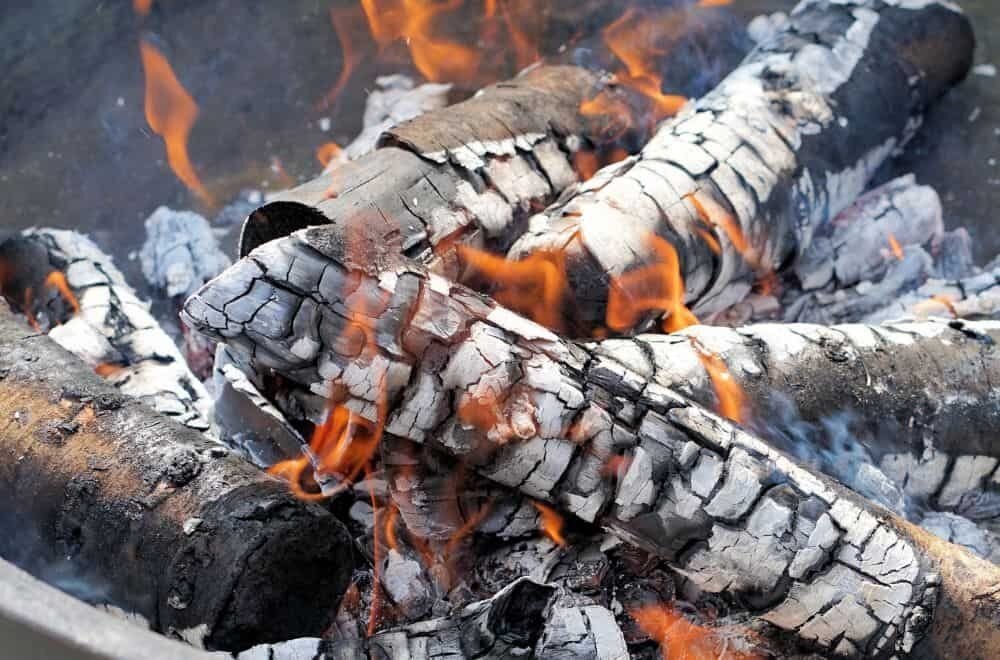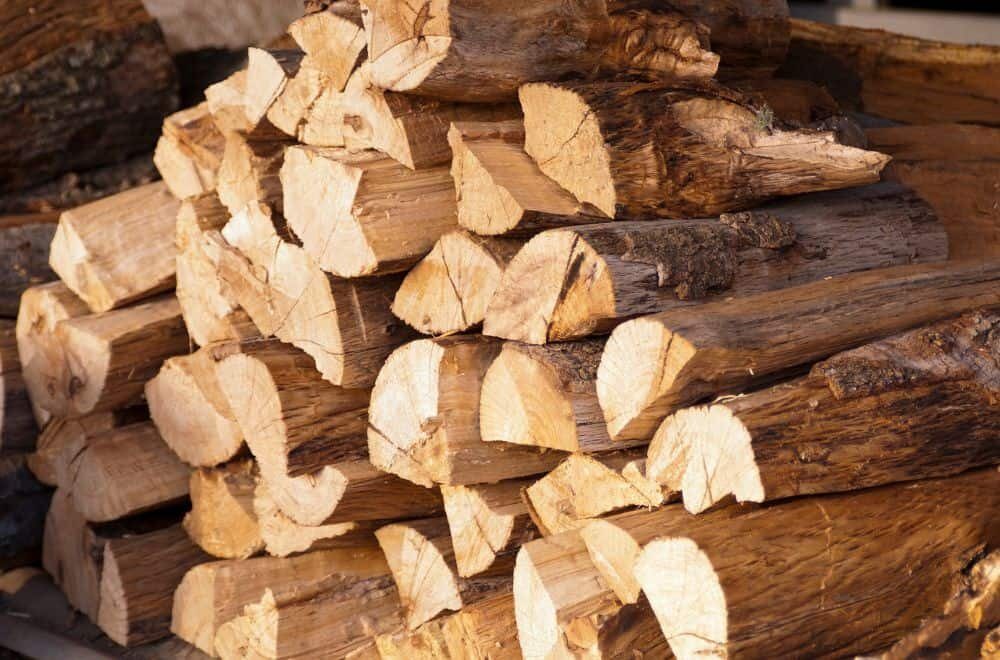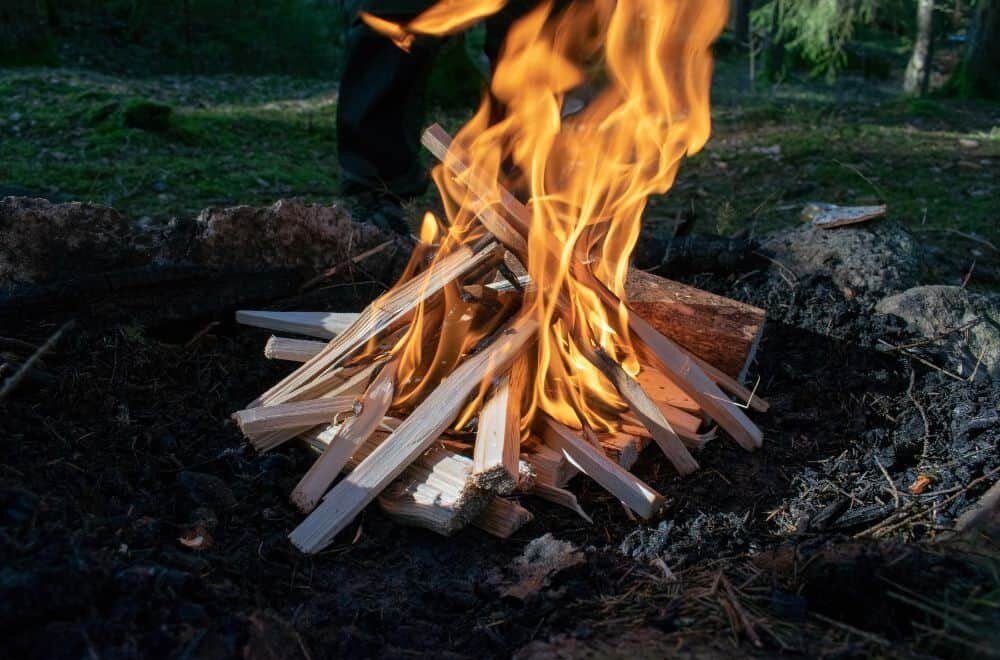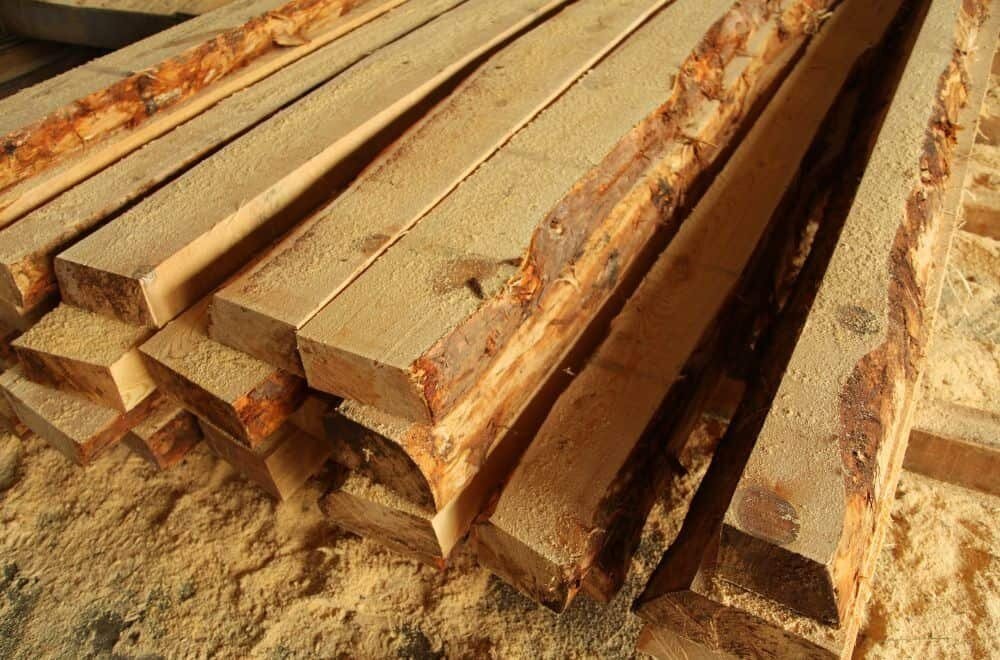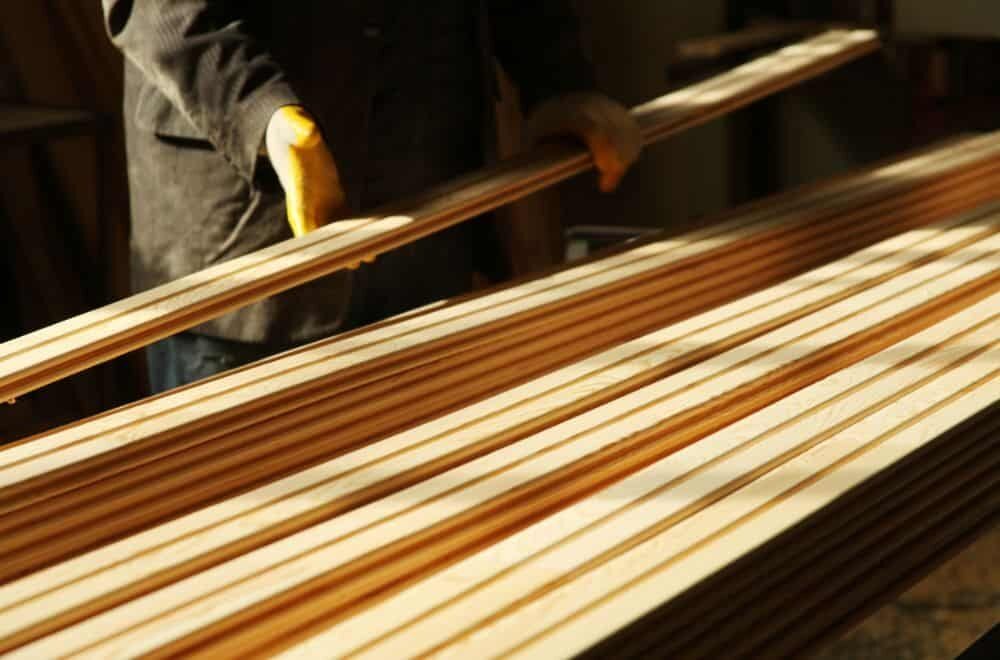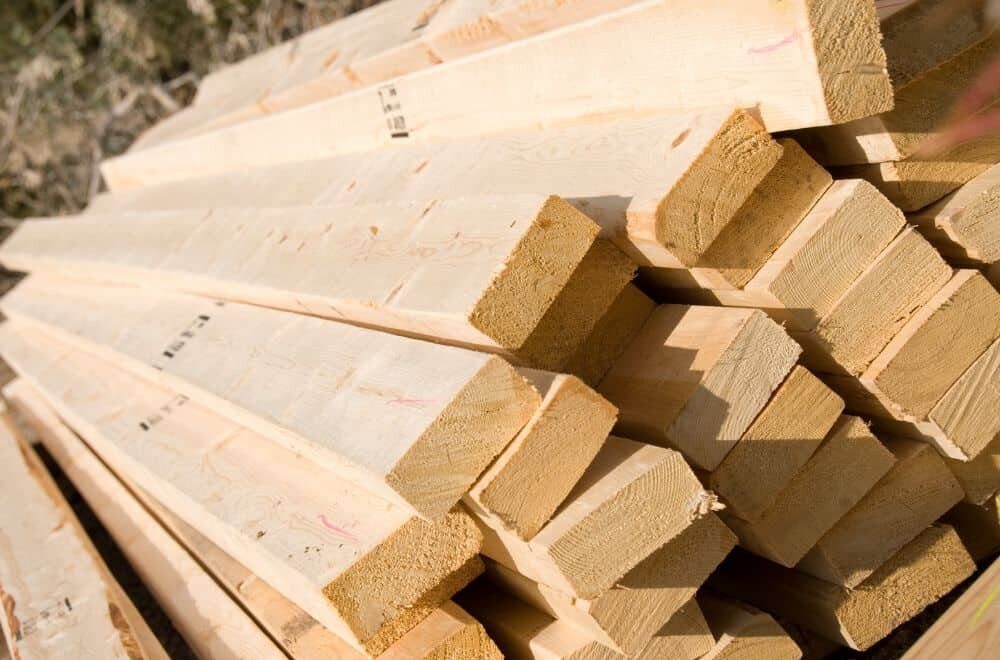Are you curious about who wears wooden shoes? Wooden shoes, also known as clogs, have been worn for centuries in various cultures for work and everyday wear. They are made of durable materials that can last for years, are moisture-wicking to keep feet dry and cool, and have a thick wooden sole that provides arch support and stability.
In the Netherlands, wooden shoes have become a symbol of their national identity. Farmers, fishermen, and laborers have traditionally worn wooden shoes for their practicality and durability. However, wooden shoes are not just limited to the Netherlands. They are also worn in other parts of Europe, Asia, and even North America. In some cultures, wooden shoes are considered a fashion statement or a traditional form of footwear.
So, who wears wooden shoes? The answer is simple: anyone who wants to! Whether you are looking for a practical and durable shoe for work or a unique fashion statement, wooden shoes may be the perfect fit for you. In this article, we will explore the history and cultural significance of wooden shoes, as well as the practical and fashion-forward reasons why people choose to wear them.
History of Wooden Shoes
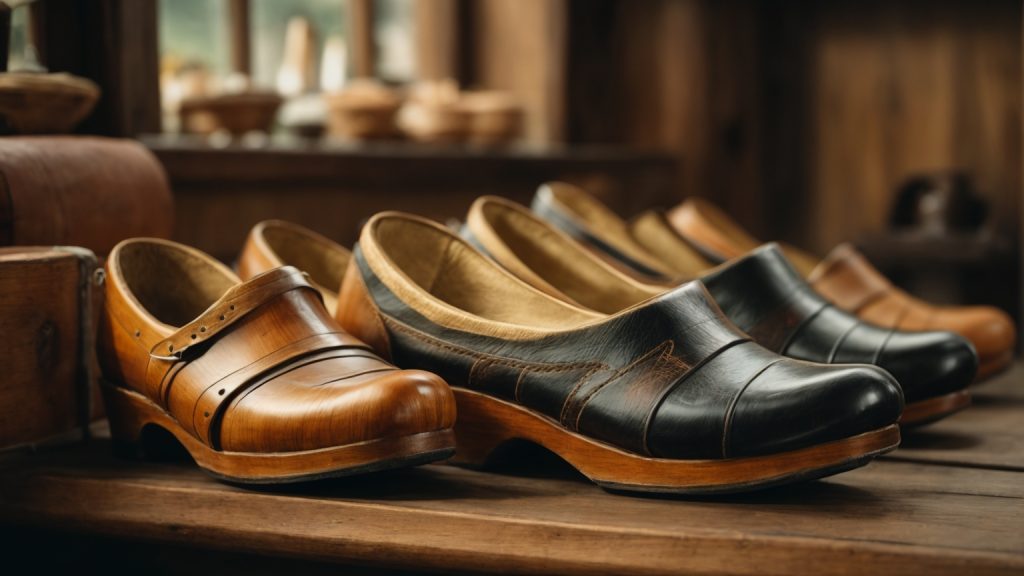
Origins
Wooden shoes, also known as clogs, have been worn by people for centuries across different cultures around the world. The oldest known footwear clogs were found in Amsterdam and Rotterdam in the Netherlands, dating back to the 13th century. The original idea for wooden shoes comes from the “calceus shoes” that the Romans wore about 2000 years ago. These Roman calceus shoes resemble sandals with a wooden sole and leather straps on top.
In the Netherlands, wooden shoes were initially worn by farmers and peasants as they provided protection and were easy to make and repair. The wooden shoes were made from different types of wood, such as willow, poplar, and alder. The shoes were carved from a single piece of wood and shaped to fit the foot. They were worn with socks, which helped to keep the feet warm and dry.
Evolution Over Time
Over time, wooden shoes evolved, and their designs changed to suit different needs. For example, in France and Belgium, clogs were worn by factory workers, while in the Netherlands, they were worn by farmers and fishermen. In England, clogs were worn by miners and factory workers.
As technology advanced, new materials, such as rubber, became available, and wooden shoes slowly lost their popularity. However, in some parts of the world, wooden shoes are still worn today, either for practical reasons or as a cultural tradition.
Today, wooden shoes are often seen as a symbol of the Netherlands, and they are popular among tourists. They are often decorated with intricate designs and patterns, and they come in different colors and sizes.
In conclusion, wooden shoes have a rich history that spans centuries and different cultures. While they may not be as popular as they once were, they continue to be an important part of the cultural heritage of many countries.
Who Wears Wooden Shoes
Wooden shoes, also known as clogs, have been a traditional footwear choice in many countries around the world. In the Netherlands, they have been a staple for centuries, and are still worn by some people today. But who exactly wears wooden shoes? Let’s take a closer look.
Traditional Wearers
In the past, wooden shoes were worn by farmers, fishermen, and other people who worked in the outdoors. The shoes were practical and durable, and protected the feet from the cold, wet ground. They were also easy to clean, which was important for people who worked with animals or in muddy fields.
Today, some people still wear wooden shoes for traditional purposes. For example, during Dutch festivals and celebrations, you may see people wearing wooden shoes as part of their traditional dress. Some farmers and gardeners also wear wooden shoes for practical reasons, as they are still durable and easy to clean.
Modern Day Usage
While wooden shoes may have a traditional connotation, they are still used by many people today for practical reasons. For example, some people wear them as work shoes, as they provide good support and protection for the feet. They are also popular among chefs and other people who work in the food industry, as they are slip-resistant and easy to clean.
In addition, wooden shoes have become a fashion statement in recent years. Many designers have created modern versions of the traditional shoe, with different colors, patterns, and materials. Some people wear them as a quirky accessory, while others incorporate them into their everyday wardrobe.
Overall, wooden shoes have a wide range of users, from traditional wearers to modern fashion enthusiasts. Whether you wear them for practical reasons or as a style statement, they are a unique and interesting footwear choice.
Types of Wooden Shoes
If you’re interested in wooden shoes, you may be surprised to learn that there are actually many different types of wooden shoes worn around the world. Here are a few of the most common types:
Clogs
Clogs are perhaps the most well-known type of wooden shoe. They are typically made from a single piece of wood, with a leather or fabric upper. Clogs are worn in many different cultures around the world, including the Netherlands, Sweden, and Japan. They are often associated with traditional dress, and are sometimes worn as work shoes.
Geta
Geta are a type of wooden sandal worn in Japan. They have a distinctive shape, with two “teeth” on the bottom of the sole that keep the foot elevated above the ground. Geta are typically made from lightweight wood, and are often worn with traditional Japanese clothing such as kimono.
Klompen
Klompen are a type of clog worn in the Netherlands. They are typically made from willow or poplar wood, and are often painted with bright colors or decorated with intricate designs. Klompen are associated with Dutch culture, and are sometimes worn as part of traditional dress. They are also used as work shoes in some industries, such as farming and gardening.
Overall, wooden shoes are a fascinating and unique type of footwear with a rich history and cultural significance. Whether you’re interested in clogs, geta, or klompen, there’s sure to be a type of wooden shoe that catches your eye.
Manufacturing Process
Wooden shoes, also known as clogs, have been worn by various cultures for centuries. The manufacturing process of wooden shoes involves several steps, which are outlined below.
Step 1: Selecting the Wood
The first step in making wooden shoes is selecting the type of wood to use. Traditionally, willow, alder, and poplar were the most commonly used woods for making wooden shoes. These woods were chosen for their durability and flexibility. However, nowadays, other types of wood are also used, including birch, beech, and maple.
Step 2: Cutting the Wood
Once the wood has been selected, it is cut into the rough shape of the shoe. This is done using a saw or a lathe. The rough shape is then smoothed out using a variety of tools, including chisels, planes, and sandpaper.
Step 3: Hollowing Out the Shoe
After the wood has been cut and smoothed, it is hollowed out to create the space for the foot. This is done using a specialized tool called a “hollowing knife.” The knife is used to carve out the interior of the shoe, leaving a space for the foot to fit comfortably.
Step 4: Shaping the Shoe
Once the shoe has been hollowed out, it is shaped to fit the foot. This is done using a variety of tools, including a rasp and a file. The shoe is shaped to fit the contours of the foot, ensuring a comfortable fit.
Step 5: Finishing the Shoe
Finally, the shoe is finished with a coat of varnish or paint. The varnish or paint not only gives the shoe a polished look but also helps to protect it from wear and tear.
In conclusion, the manufacturing process of wooden shoes is a time-consuming and intricate process that requires skill and precision. However, the end result is a durable and comfortable shoe that has been worn by various cultures for centuries.
Cultural Significance

Wooden shoes, also known as clogs, have a rich cultural significance in many parts of the world. They have been worn for centuries and continue to be a popular footwear choice in some countries. Let’s explore the cultural significance of wooden shoes in the Netherlands and Japan.
Netherlands
In the Netherlands, wooden shoes have been an integral part of the country’s culture for centuries. They were worn by farmers, fishermen, and other working-class people as a practical and durable footwear choice. Today, wooden shoes are still worn by some people in the Netherlands, especially in rural areas.
Wooden shoes are also a symbol of Dutch culture and heritage. They are often featured in traditional Dutch costumes and used in folk dances and other cultural events. In addition, wooden shoes have a significant place in Dutch folklore, with stories about clogs being passed down through generations.
Japan
In Japan, wooden shoes are known as geta or zori. They have been worn for centuries and are still a popular footwear choice for some people. Geta are worn with traditional Japanese clothing, such as kimono and yukata, and are often seen at festivals and other cultural events.
In addition to being a practical footwear choice, geta have a cultural significance in Japan. They are associated with the country’s traditional way of life and are seen as a symbol of Japanese culture and heritage. Geta also have a spiritual significance, with some people believing that they help to keep the wearer grounded and connected to the earth.
In conclusion, wooden shoes have a rich cultural significance in many parts of the world. In the Netherlands and Japan, they are not just a practical footwear choice, but also a symbol of culture, heritage, and tradition.
Environmental Impact
When it comes to footwear, the environmental impact is a major concern. According to a study by Quantis, the footwear industry is responsible for 1.4% of global greenhouse gas emissions. This is due to the production chain and materials used, which often include synthetic materials that take years to biodegrade.
In addition to greenhouse gas emissions, the production of footwear also contributes to other environmental issues such as air pollution, acidification, eutrophication, depletion of abiotic resources, and ozone depletion. The severity of these problems increases day by day.
Furthermore, the disposal of shoes also has a significant impact on the environment. Many shoes end up in landfills where they can take hundreds or even thousands of years to biodegrade. This means that the shoes we wear today could still be sitting in a landfill long after we are gone.
Fortunately, there are ways to reduce the environmental impact of footwear. One option is to choose shoes made from sustainable materials such as bamboo, organic cotton, or recycled materials. Another option is to buy shoes from companies that prioritize sustainability and have implemented eco-friendly production practices.
By making conscious choices about the shoes we wear, we can help reduce the environmental impact of the footwear industry and create a more sustainable future.
Wooden Shoes in Fashion
Wooden shoes, also known as clogs, have a long history of being worn by people all over the world. From their origins as practical footwear for farmers and factory workers to their current status as a fashion statement, wooden shoes have come a long way.
In the 1960s and 70s, clogs became a widespread fashion statement. This particular iteration derived from the Swedish clog or träskor, a backless shoe with a wooden sole that has been worn for centuries. The clunky sandals got a high-fashion make-over in the ’70s and hit the streets of the United States with all the power of a full-fledged fad. Everyone wore clogs – women, men, schoolgirls, top fashion models, and celebrities.
Today, designer clogs have gained popularity among wooden shoe consumers because they are versatile. They can be dressed up or down, making them suitable for different occasions. The overall look of designer clogs is trendy, chic, and sophisticated.
In addition to their stylish appearance, wooden shoes have practical benefits. They are durable, comfortable, and provide excellent support for your feet. They are also environmentally friendly because they are made from natural materials like wood.
Many fashion designers have embraced the trend of wooden shoes in recent years. They have incorporated them into their collections, creating unique and fashionable designs that appeal to a wide range of consumers.
In conclusion, wooden shoes have come a long way from their humble origins as practical footwear. Today, they are a fashionable and versatile option for people who want to make a statement with their footwear. Whether you’re dressing up for a night out or running errands around town, wooden shoes are a comfortable and stylish choice that you won’t regret.

